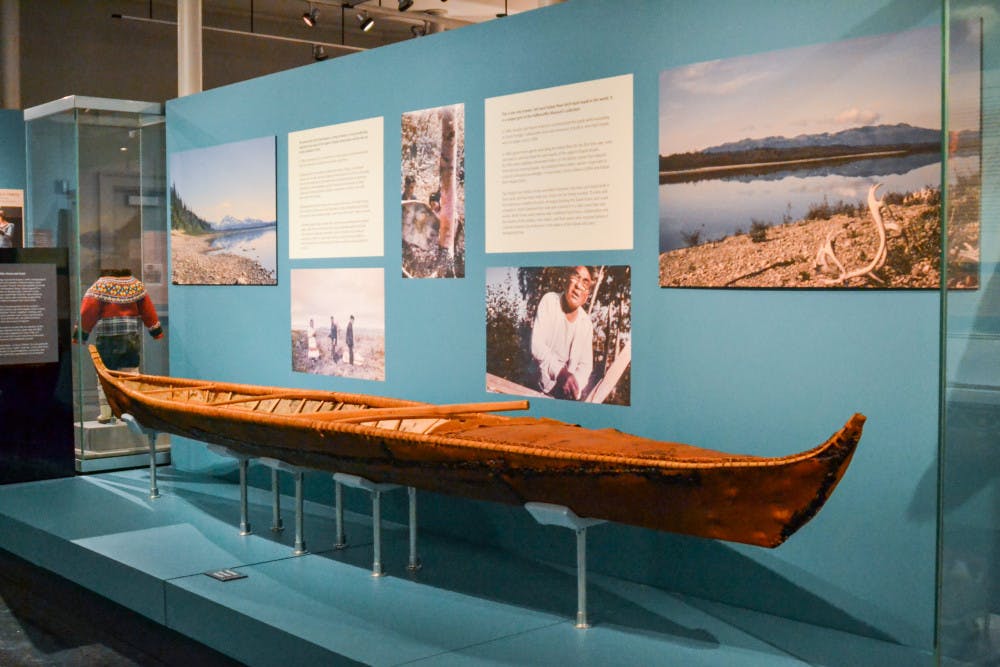The Haffenreffer Museum of Anthropology opened its newest exhibition Friday titled “Northern Horizons, Global Visions: J. Louis Giddings and the Invention of the Haffenreffer Museum of Anthropology.” This particular exhibition carries additional significance because this year marks the Haffenreffer’s 60th anniversary. The exhibition honors the memory of the late Giddings, whose time at the University proved instrumental in the creation of the anthropology department.
Giddings was a prominent arctic archaeologist whose fieldwork in Northwestern Alaska provided invaluable insight on the movement of ancient northern cultures and peoples. In the 1950s, Brown was considered a leader in arctic archaeology and Giddings’ work was considered the most cutting-edge research. Giddings was hired by the University in 1956 as an assistant professor of sociology and was named the first director of the Haffenreffer Museum of the American Indian, as the museum was called at the time. The museum provided an excellent foundation for interpreting Native American cultures. With Giddings’ ambitions at Brown to establish a department of anthropology, the Haffenreffer Museum later became a teaching museum for the department.
Though Giddings died of medical complications after a car accident in 1964 at the age of 55, his memory “lives on here at Brown,” said Robert Preucel, director of the Haffenreffer Museum and professor of anthropology. Indeed, Giddings House, where the Department of Anthropology is housed, was named after him in 1972, as was a 10,203-foot Alaskan peak in 1966.
In addition, the connection he forged with a local Alaskan community of Native Americans, the Iñupiats, lives on to this day. In fact, the association “might be the longest relationship between a research group and a community in all of North America,” said Kevin Smith, deputy director and chief curator of the Haffenreffer Museum.
“By studying humanities of the past, we can gain a better understanding” of our place in the world, said Samuel Mencoff ’78, chancellor and former anthropology undergraduate student.
“The museum Giddings helped reinvent has about a million objects,” Smith said. In “Northern Visions,” objects that were brought back from Alaska are exhibited in honor of Giddings’s work. Some examples include the only known full-sized Alaskan Kobuk River birch-bark kayak, snow goggles used by Native American hunters to shield their eyes from light and a large heirloom ladle spoon. This ladle was donated to the museum by a close Iñupiat friend of Giddings’. The ladle bears the engravings of four generations of his family — given to the Haffenreffer as a testament to the bond Giddings formed with members of the Iñupiat community.
Giddings’ work in the artic lives on, Smith said. The 60th anniversary is not just a celebration of Giddings, “but of the continuity of the work being done here.”
The museum continues to fund research in various countries all around the world, though its strongest focus is on northern Native cultures. An example of the objects the museum possesses that were not exhibited on Friday are dog bones that contain ancient DNA and that are currently being studied to track the migration patterns of ancient northern peoples.





